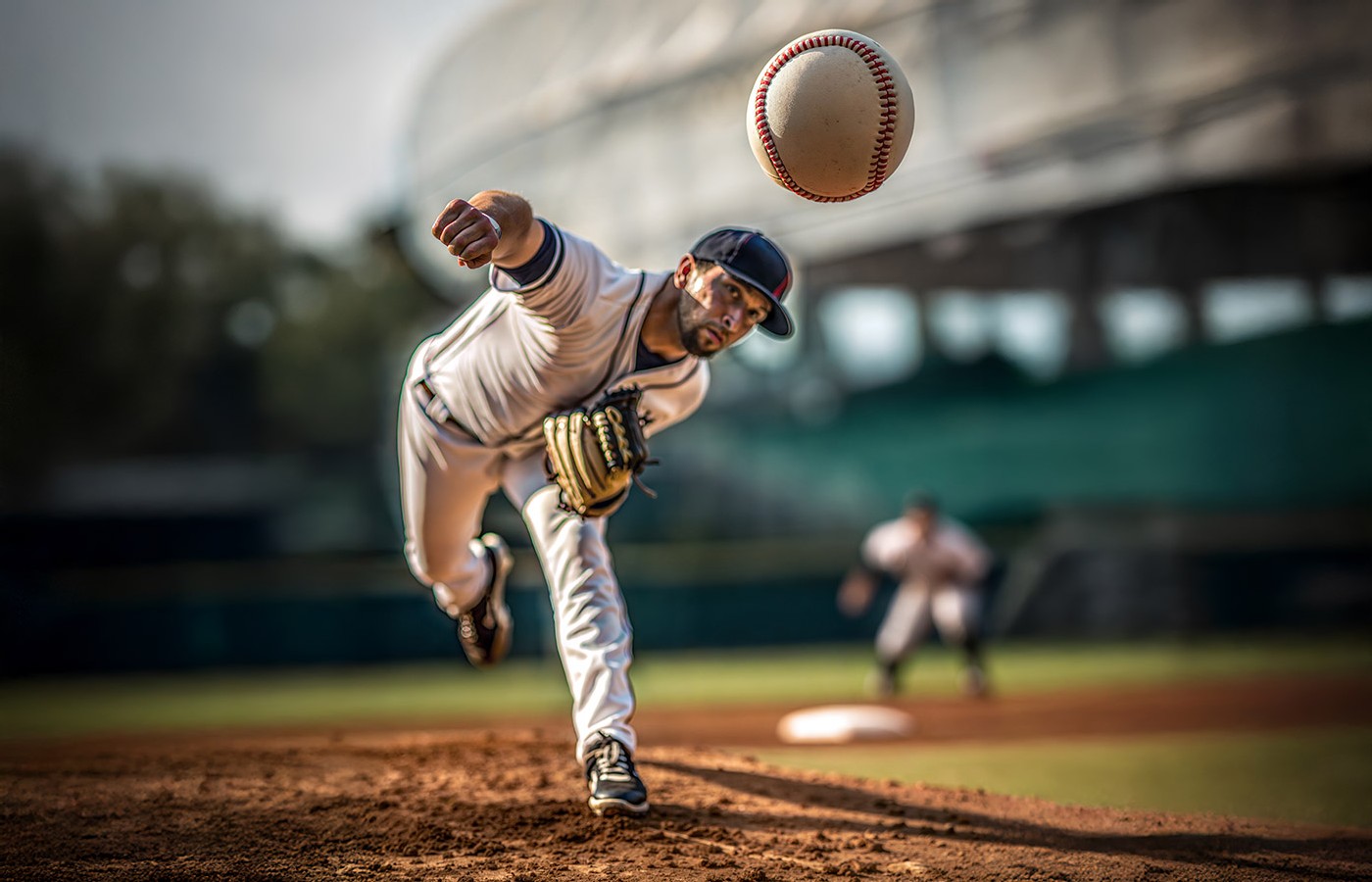You became a chiropractor to serve people, not an insurance company. You deserve to run a business that aligns with your values, supports your family and lights you up. Cash-based care isn’t just a pricing model – it’s a philosophy rooted in freedom, trust and respect for your patients and for yourself. Here's why - and how - to do it.
From Microtrauma to Maladaptation: The Continuum of Soft-Tissue Injury
- As musculoskeletal experts, chiropractors are in the unique position to recognize neuromuscular adaptations and compensation patterns before they become entrenched dysfunctions.
- Early detection and early intervention can spare athletes months of downtime and mitigate career-altering damage.
- When recognized and addressed early – with neuromuscular re-education, soft-tissue work and corrective exercise – long-term consequences can often be avoided.
Editor’s Note: This is article #1 of a six-part series.
The modern chiropractor stands at the intersection of performance care and injury prevention. As musculoskeletal experts, we are in the unique position to recognize neuromuscular adaptations and compensation patterns before they become entrenched dysfunctions. This series aims to illuminate the path from subtle subclinical changes to chronic impairments – empowering clinicians to detect, treat and reverse maladaptive responses in our active patients.
The Quiet Onset: Subclinical Injury and Adaptation
In the world of sports medicine, the body whispers before it screams, leaving subtle clues to only the most aware athlete. Consider the overhead athlete – a baseball pitcher, tennis player or swimmer – executing hundreds of high-velocity repetitions. Each throw or stroke delivers potential microtrauma to the rotator-cuff tendons and surrounding stabilizing structures.
These cumulative micro-injuries rarely cause immediate, acute symptoms. Instead, they give rise to subclinical dysfunctions – silent alterations in motor control, soft-tissue architecture and joint mechanics.1-2
The body, in its brilliance, adapts to protect itself. Neurologic compensation occurs: altered recruitment patterns, subtle kinematic changes and guarding mechanisms emerge. While protective in the short term, these adaptations can accumulate into long-term impairments.3
Subacute vs. Chronic: Clinical Definitions With Practical Consequences
Subacute injuries typically present days to weeks post-trauma. This phase is marked by collagen remodeling, angiogenesis and fibroblast activity.4 Clinically, we observe moderate swelling, pain and functional limitation – but the tissue is actively trying to heal.
Chronic injuries result either from unresolved subacute phases or repetitive overuse. These cases exhibit fibrosis, disorganized collagen and low-grade inflammation that leads to stiffness, joint instability and compensation-driven pain.5-6
Epidemiology: How Common Are These Injuries?
- Shoulder injuries represent 17% of all baseball injuries.
- Up to 40% of overhead athletes experience chronic shoulder pain.
- An estimated 25% of professional pitchers will undergo UCL reconstruction during their careers.7
- Nearly 50% of U.S. adults will suffer from a musculoskeletal disorder in their lifetime.
These aren’t just stats; they’re clinical sirens. Early detection and early intervention can spare athletes months of downtime and mitigate career-altering damage.
Case in Point: The Subtle Slide Into Dysfunction
A collegiate pitcher reports mild anterior shoulder tightness. No acute trauma. ROM is full, but internal rotation shows slight asymmetry. Within weeks, pitch velocity dips and scapular winging becomes evident. Imaging later reveals a partial-thickness tear of the supraspinatus and subacromial bursitis.
This is not the story of a sudden breakdown – it’s a tale of progressive adaptation gone unchecked.8
Clinical Implication: What Should We Watch For?
- Subtle asymmetries in ROM or strength
- Early fatigue in stabilizing musculature
- Changes in scapulohumeral rhythm
- Declines in athletic performance without clear cause
- Patient-reported “tightness” or “weakness” in the absence of pain
These early signs are opportunities. When recognized and addressed early – with neuromuscular re-education, soft-tissue work and corrective exercise – long-term consequences can often be avoided.
Next in the Series…
In Part 2, Mechanisms of Injury, we’ll dive deeper into the cellular and neurological cascade behind subacute and chronic soft-tissue injuries – including the roles of inflammation, fibrosis and motor control alterations.
References
- Fleisig GS, et al. Kinetics of baseball pitching with implications about injury mechanisms. Am J Sports Med, 1995;23(2):233-239.
- Longo UG, Berton A, Khan WS, et al. Histopathology of rotator cuff tears. Sports Med Arthrosc Rev, 2003;13(6):312-318.
- Reinold MM, Gill TJ, Wilk KE, Andrews JR. Current concepts in the evaluation and treatment of the shoulder in overhead throwing athletes, part 2: injury prevention and treatment. Sports Health, 2010 Mar;2(2):101-15.
- Bae G, Kim S, Lee S, et al. Prolotherapy for the patients with chronic musculoskeletal pain: systematic review and meta-analysis. Anesth Pain Med, 2020 Dec 16;16(1):81-95.
- Alfredson H, et al. Heavy-load eccentric calf muscle training for the treatment of chronic Achilles tendinosis. Am J Sports Med, 1998;26(3):360-366.
- Furia JP. High-energy extracorporeal shock wave therapy as a treatment for chron-ic noninsertional Achilles tendinopathy. Am J Sports Med, 2008 Mar;36(3):502-8.
- Thoms JR, Marwin SE. The role of fibrin sealants in orthopaedic surgery. JAAOS, 2009 Dec;17(12):727-736.
- Kibler WB, Sciascia A. Current concepts: scapular dyskinesis. Br J Sports Med, 2010;44(5):300-305.



